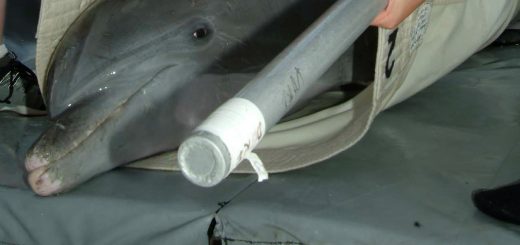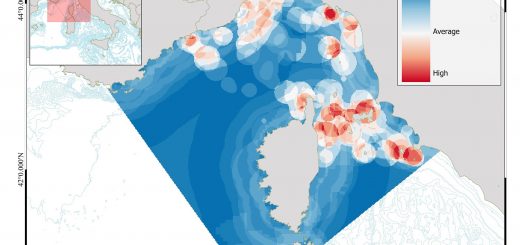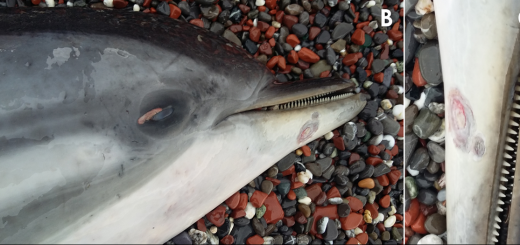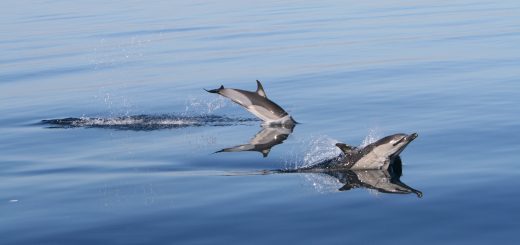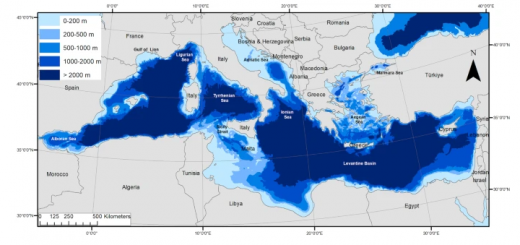Riding the whales
Fossil barnacles, the original GPS, help track ancient whale migrations

The new discovery means that the fossilized barnacles recovered at these sites can tell about ancient migrations of humpbacks, gray whales and perhaps other baleen whales (toothed whales, such as sperm whales, do not host many barnacles), potentially turning up previously unsuspected feeding and breeding areas.
The technique is based on measuring the oxygen isotopes in the calcium carbonate, or calcite, shell of the barnacle. The ratio of oxygen-18 to oxygen-16 goes up as the temperature drops. Since barnacles lengthen their shells by a few millimeters a month as they try to stay attached to whales in the face of the mammals’ shedding skin, the composition of the new shell reflects the ocean temperature and general isotopic composition where it formed.




